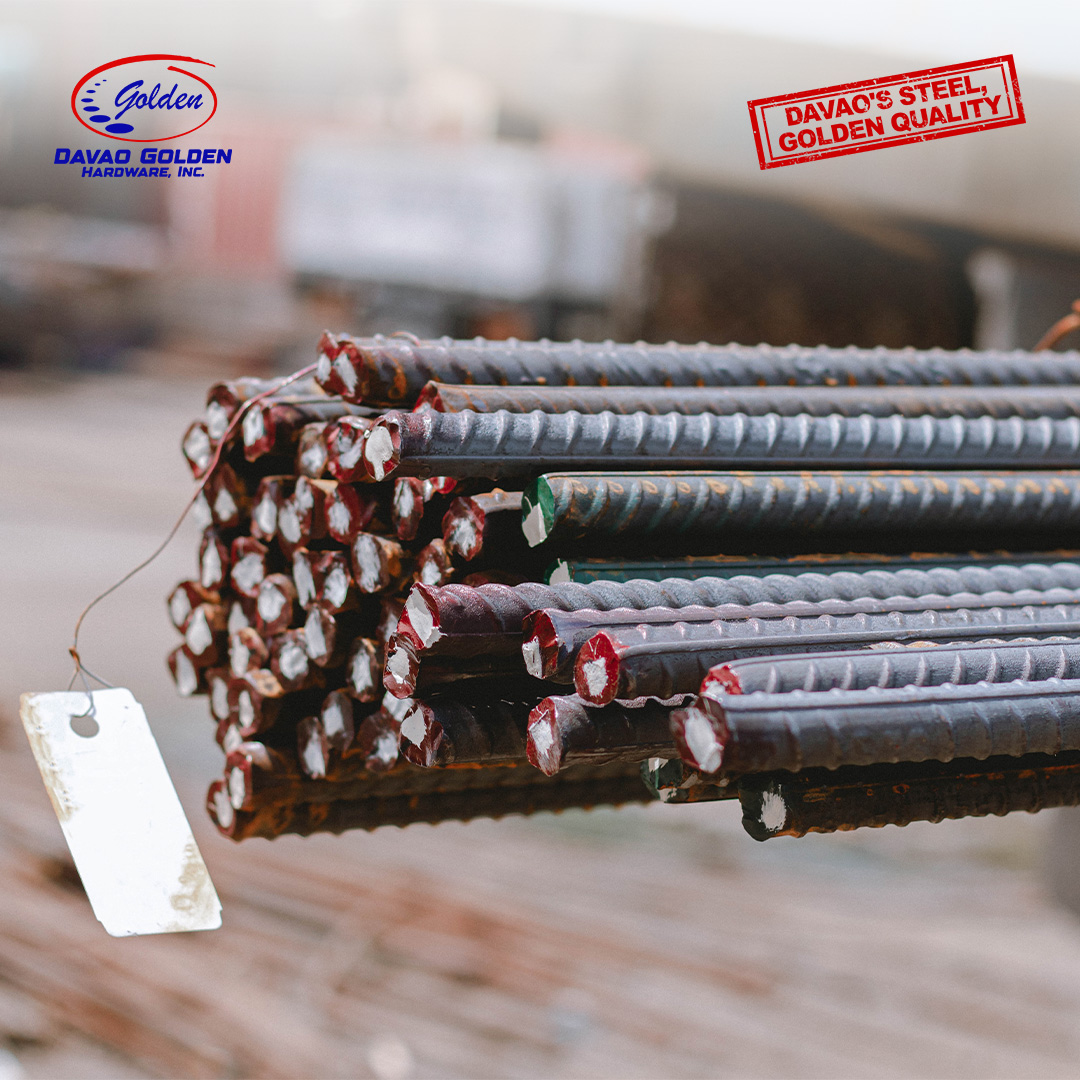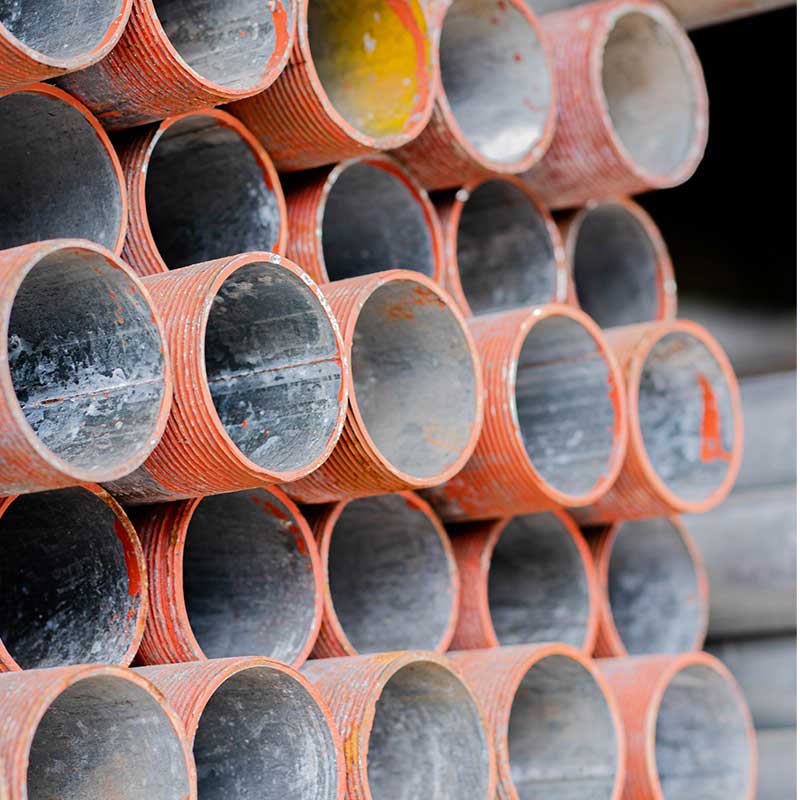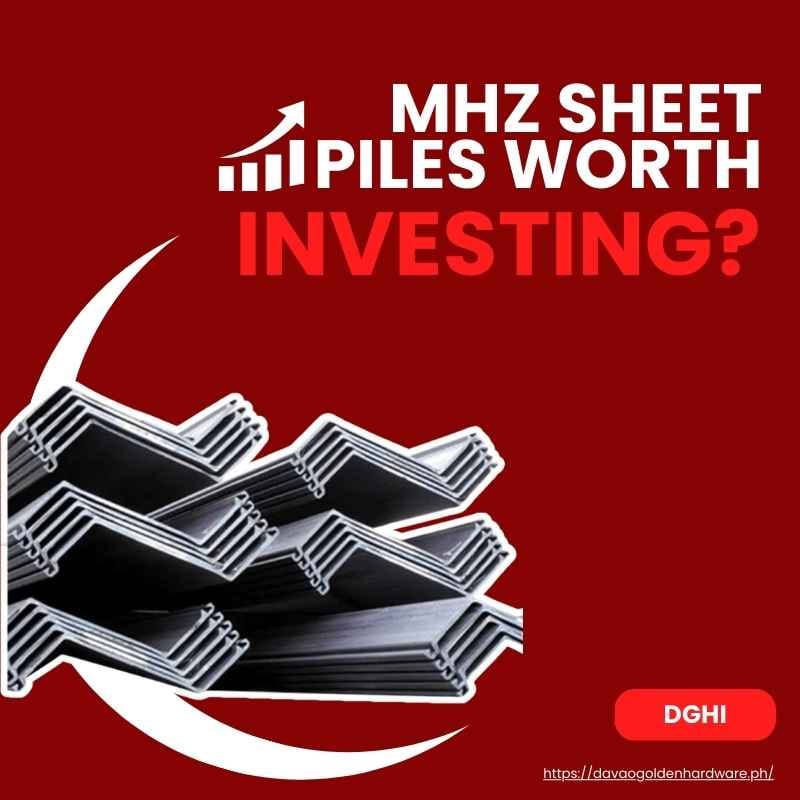
When evaluating construction solutions, total cost efficiency is a critical factor in project planning. Cost-effective solutions with MHZ sheet piles deliver significant financial advantages compared to traditional alternatives, despite potentially higher initial investments. This comprehensive cost analysis reveals why MHZ sheet piles increasingly represent the economical choice for forward-thinking construction projects.
Comprehensive Cost Analysis Framework
According to the Philippine Constructors Association, evaluating construction material cost efficiency requires examining several key factors:
Initial Investment Comparison
- MHZ Sheet Piles: Higher quality materials with precision engineering
- Traditional Solutions: Typically lower upfront material costs
Installation Cost Components
- MHZ Sheet Piles: Streamlined installation with reduced equipment needs
- Traditional Solutions: Labor-intensive processes with extended equipment requirements
Project Timeline Financial Impact
- MHZ Sheet Piles: Accelerated completion reducing financing costs
- Traditional Solutions: Extended timelines increasing carrying costs
Installation Cost Advantages
The Construction Industry Authority of the Philippines (CIAP) highlights significant installation cost differences:
Labor Efficiency
- MHZ Sheet Piles: 40-50% labor cost reduction through faster installation
- Traditional Solutions: Higher labor expenses due to complex, time-consuming processes
Equipment Requirements
- MHZ Sheet Piles: Reduced equipment rental periods and specialized machinery
- Traditional Solutions: Extended equipment needs and multiple machinery types
Material Handling
- MHZ Sheet Piles: Simplified logistics and reduced material waste
- Traditional Solutions: Complex material management with higher waste percentages
Project Timeline Economic Benefits
Cost-effective solutions with MHZ sheet piles significantly impact project timelines:
Schedule Acceleration
- MHZ Sheet Piles: 40-60% faster installation than traditional methods
- Traditional Solutions: Extensive curing times and sequential processes
Revenue Generation Timeline
- MHZ Sheet Piles: Earlier project completion allows faster revenue realization
- Traditional Solutions: Delayed occupancy or operational start
Financing Impact
- MHZ Sheet Piles: Reduced construction loan periods and interest costs
- Traditional Solutions: Extended financing requirements increasing overall expenses
Long-Term Ownership Costs
According to the Department of Public Works and Highways (DPWH), lifetime cost analysis reveals:
Maintenance Requirements
- MHZ Sheet Piles: Minimal maintenance, typically limited to periodic inspection
- Traditional Solutions: Regular maintenance with recurring repair costs
Service Life Comparison
- MHZ Sheet Piles: 50+ years typical service life
- Traditional Solutions: 15-30 years average lifespan before major rehabilitation
Replacement Economics
- MHZ Sheet Piles: Infrequent replacement requirements
- Traditional Solutions: Multiple replacement cycles over equivalent timeframe
Return on Investment Analysis
The financial benefits of MHZ sheet piles become increasingly apparent over time:
Breakeven Timeline
- Typical ROI Crossover: 7-9 years after installation
- Long-term Advantage: Exponentially increasing savings over project lifetime
Value Appreciation
- MHZ Sheet Piles: Maintained structural value with minimal depreciation
- Traditional Solutions: Accelerated value loss requiring earlier reinvestment
Risk-Adjusted Returns
- MHZ Sheet Piles: Lower failure risk and contingency allocations
- Traditional Solutions: Higher risk factors increasing financial uncertainty
Business Case for MHZ Sheet Piles
Cost-effective solutions with MHZ sheet piles deliver clear business advantages:
Operational Efficiency
- Minimal business disruption for maintenance
- Reduced downtime for repairs
- Lower operational interference
Asset Management Benefits
- Extended infrastructure lifespan
- Improved asset performance metrics
- Enhanced property valuation
Financial Planning Advantages
- More predictable maintenance budgeting
- Reduced lifecycle cost volatility
- Improved capital planning accuracy
Application-Specific Cost Efficiency
The cost benefits of MHZ sheet piles vary across applications:
Waterfront Construction
- Superior corrosion resistance reducing marine environment maintenance
- Extended service life in challenging conditions
- Reduced underwater repair needs
Infrastructure Projects
- Lower lifetime costs for public infrastructure
- Reduced taxpayer burden through longer replacement intervals
- Higher infrastructure value retention
Commercial Development
- Faster return on development investment
- Reduced building lifecycle costs
- Higher property values through superior foundations
Implementation for Maximum Cost Efficiency
To maximize cost-effective solutions with MHZ sheet piles:
Project Planning Optimization
- Comprehensive soil analysis to right-size specifications
- Proper equipment selection for installation efficiency
- Strategic project scheduling to minimize equipment rental
Lifecycle Cost Management
- Documented inspection protocols
- Preventative maintenance planning
- Long-term asset management strategy
Conclusion
When evaluated across the entire project lifecycle, cost-effective solutions with MHZ sheet piles deliver superior financial performance compared to traditional alternatives. While the initial investment may be higher, the significant advantages in installation efficiency, reduced labor costs, accelerated timelines, and minimal maintenance requirements create compelling economic benefits.
For construction professionals seeking to maximize value and minimize lifetime costs, MHZ sheet piles represent a financially sound investment that continues delivering returns decades after installation. The combination of superior performance and economic efficiency makes them the preferred choice for cost-conscious projects focused on long-term value.




